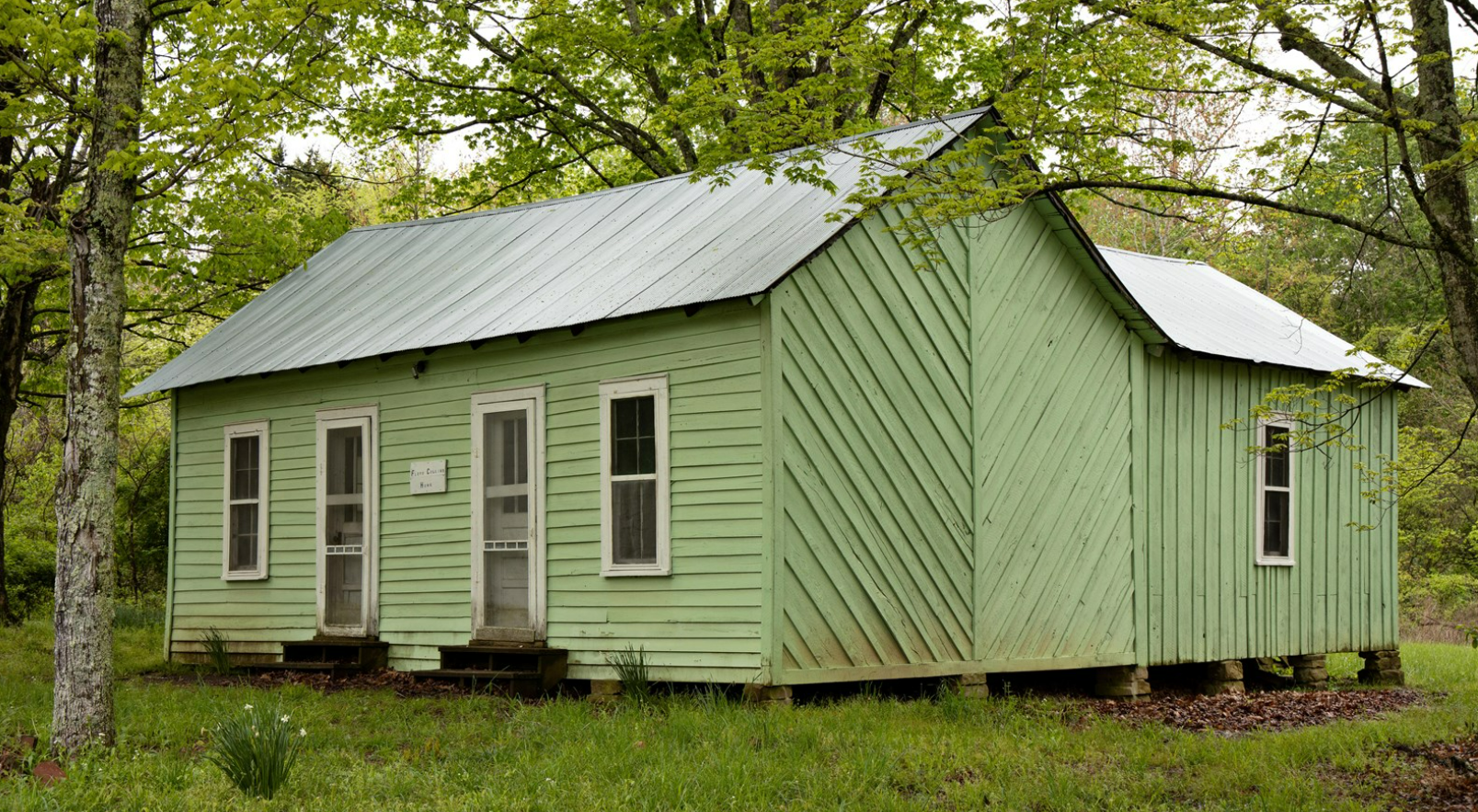Almost exactly a century ago, the “Greatest Cave Explorer Ever Known” entered a labyrinth of underground caverns in south-central Kentucky and never returned. The gripping story captured the public’s imagination then and it remains a cautionary tale for thrill-seeking cavers, serving as a stark reminder not to push the limits too far.
ADVERTISEMENT GO AD FREE
On January 30, 1925, Floyd Collins set off on a venture to explore an unnamed cave, known today as Sand Cave at Mammoth Cave National Park, as told by the National Park Service.
This was a period of US history that saw the so-called “Cave Wars”, an era of intense competition where explorers and developers were keen to open up the Mammoth Cave region to reap the rewards of the burgeoning tourist industry.
During one of his scout-outs, Collins discovered a cave entrance with significant tourism potential – easily accessible and not far from renowned sites like Mammoth Cave. Smelling its commercial possibilities, he struck a deal with the landowner, agreeing to split the profits if the venture to explore the cave proved viable.
Armed with a single kerosene lantern, the explorer entered Sand Cave and began to traverse its difficult passages, squeezing through narrow corridors and crawling under low rock ceilings. It appears he was starting to make his return journey when disaster struck: a 12-kilogram (27-pound) rock slipped and trapped his ankle. He was well and truly stuck.
Later that same day, Collins’ neighbors noticed he hadn’t returned and a rescue effort was launched involving teams of local explorers, geologists, and local well-wishers. Members of the search party came across his coat hanging outside Sand Cave, so it became the focus of the search.
However, parts of the cave proved to be incredibly tight to pass. A 17-year-old boy, Jewell Estes, was able to crawl far enough to communicate with Collins, but there was no way to physically reach him, let alone remove the rock that had sealed his fate.

The Floyd Collins Homestead is still visited by cavers wishing to pay tribute.
As the days passed, Collins became increasingly cold and weary, and started to experience periods of stupor. Eventually, they started the laborious job of digging a shaft with the hopes of reaching the caver, but progress was slow.
By February 3, the national media caught wind of the rescue effort, sparking a stream of sensational newspaper articles and radio broadcasts that captivated the attention of the public. A New York Times article published on February 6, 1925, ran with the headline: “DREAMED OF BEING TRAPPED.” Collins’ stepmother had claimed he described a nightmare just a week before the expedition in which he became trapped in a cave due to a falling rock. She begged her stepson not to go, but that was the last she saw of him.
The media became increasingly sensational and began to propagate some of the false narratives going around at the scene, such as the whole ordeal being an elaborate hoax and that Collins had, in fact, been murdered.
Over the following week or so, the shaft progressed, reaching a depth of nearly 17 meters (55 feet) by February 14.
ADVERTISEMENT GO AD FREE
On February 16, the shaft broke through to the passage. Floyd Collins was found dead. He had died of exposure, exhaustion, and starvation, but had only perished 24 hours before they reached the body.
The cave was initially sealed with the body inside to prevent further accidents. However, a few weeks later, his body was removed and received a proper burial as he was laid to rest at Mammoth Cave Baptist Church Cemetery. His tombstone is engraved with the words: “Greatest Cave Explorer Ever Known”.
Today, it’s still possible to enjoy the iconic caves of south-central Kentucky, although it’s best to stick to the beaten tracks and established trails. This cavernous pocket of North America includes the Mammoth Cave National Park, the longest known cave system in the world that stretches at least 686 kilometers (426 miles). In addition to its stunning sights and geological wonders, the cave also contains the fossilized remains of ancient sharks – not exactly a common sight in modern-day Kentucky.
Source Link: Sand Cave Incident: The “Greatest Cave Explorer Ever" Met A Grim Fate In 1925